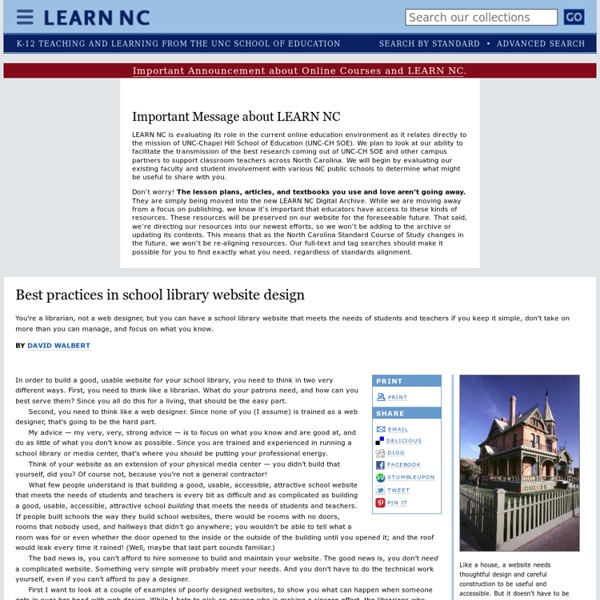



Copyright Laws for Teachers: Educational CyberPlayGround™ CITE - the Educational CyberPlayGround, Inc. AS YOUR SOURCE. ( ISTC 301/501 Resources ) Definition of Copyright: "The legal right granted to an author, a composer, a playwright, a publisher, or a distributor to exclusive publication, production, sale, or distribution of a literary, musical, dramatic, or artistic work. Music used in the K12 classroom For a project of any kind music needs to be evaluated - because the music might be copyrighted, the words might be copyrighted, and the performance might be copyrighted. For a song that is 300 years old the music would have passed into the public domain out of any date of copyright, the words would also (including the words if it had), but the performance would still fall under copyright laws. Music that Can be Used in Education Without Permission or License and played in the class room if it is: OR in the PUBLIC DOMAIN Music: Free Music THE BIG PICTURE PAGE 1 CopyRight: Book Fair Use Rights PAGE 3 How some Teachers Feel About Fair Use
How the School Library Helps Build Strong Blended Classes by David Olson, courtesty of The Journal White Bear Lake Area High School - South Campus (MN) is in its third of year of offering a variety of hybrid or blended classes from economics to health/physical education. This suburban St. This is the first in a series of articles describing 10 ways White Bear Lake High School teachers and the school library are working together to enhance learning in hybrid or blended classes. Learning Commons: Collaboration StationsFor both hybrid and traditional classes our goal is to go beyond offering great reads and distributing textbooks to building and maintaining strong helping relationships with our students and staff. One of our first projects was to begin the process of transforming the library into a learning commons. My principal, Tim Wald, and I also toured the high school media center in Chaska, MN to get a better idea of how flexible seating is being used there. We believe this applies to our high school library as well.
NoodleTools : MLA / APA / Chicago Bibliography Composer, Notecards, Outlining marlboroschool.net 22 Apps To Make Videos In The Classroom 22 Of The Best Apps To Make Videos In The Classroom by TeachThought Staff In education, perhaps one of the least utilized talents of iOS hardware is creating exceptional video. While it’s not uncommon for teachers and students to use iPads to create videos, creating stunning videos that are compelling, well-produced, innovative, truly social, and/or something worth sharing with the world isn’t so easy. Truth be told, that’s less about the technology and more a matter of teaching, learning, and planning–who is creating the video, why are they creating it, and who are they creating it for. Below are 22 apps we’ve handpicked as powerful teaching and learning tools to work with digital media in your classroom. How can I help students turn these iPads into tools for magnificent creation? 22 Of The Newest Apps To Make Videos In The Classroom; 22 Of The Newest–And Best–Apps To Make Videos In The Classroom
Boxfish - TV's Information Engine. 5 Things Every School Library Website Should Have I ran across this article the other day outlining the 5 "essentials" that every school website should have. Naturally, it got me thinking about my own library's web presence. I'm one of those nerdy people who actually really loves tinkering with web design. Now, I've been doing this long enough to know that the librarians who built the website described above are probably working their bifocals off. That said, who is? Seriously. More importantly, though, once these folks arrive at your site, does it provide them with an accurate and complete picture of what your library is all about? 5 Things Every School Library Website Should Have: A focus on teaching: If teaching is what you do, your website should reflect it. So... am I practicing what I preach? As always, I welcome feedback if you decide to take a look.
Librarian Quick Reference Cards for Research Impact Metrics | Library Connect Increasingly, librarians are involved in tracking and reporting on research outputs. While metrics help illuminate the impact of research outputs, it can be a challenge for librarians unfamiliar with research impact to assemble a basket of metrics and find definitions and resources in one place. Working with librarian Jenny Delasalle, who previously collaborated with Library Connect on the enormously popular infographic "Librarians and Research Impact," we came up with a consolidated quick reference to some key research impact metrics. For those of you who are experts in this area, the cards can be a jumping off point for discussions with early career colleagues or researchers. We also encourage you to provide feedback (link sends e-mail) as we plan to update the cards as new metrics and resources come along. Download the 11x17” poster Download the larger format cards – 4 per 8.5x11" page Golden Rule 1 – Always use quantitative metric-based input alongside qualitative opinion-based input.
This article discusses how to and the components of creating a school library website. However, valuable information is presented that will benefit the classroom website including: images and accessibility, navigation and usability (includes information on integrating a virtual tour), utilizing a blog, and 6 valuable "rules" which to guide and simplify the process.
Citation:
Walbert, David (n.d). Best practices in school library website design. Retrieved March 8, 2015 from by estherpepin Mar 9